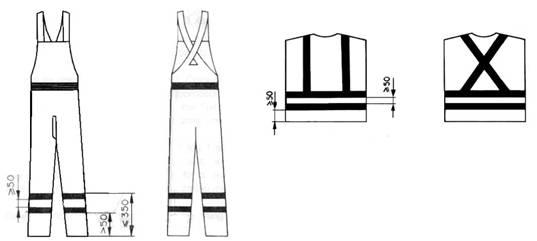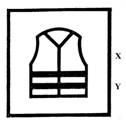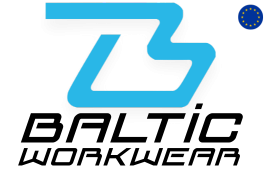- today
- label Guide
- favorite 0 likes
High-visibility clothing is used when the presence of a person must be visually indicated both during the day and at night, in conditions of artificial lighting or limited natural lighting. The most commonly used patterns of this type of clothing are:
- warning vests,
- high-visibility clothing (sweatshirt, pants),
- jackets,
- coveralls,
The protective properties of a group of clothing depend mainly on the materials used in its construction. According to the PN-EN 471: 2005 standard "High-visibility warning clothing for professional use - Test methods and requirements", in each case the clothing should be made with the participation of:
- background material with an area of at least 0.5 m2,
- reflective material with an area of at least 0,13 m2.
The background material should be distributed evenly over the surface of the garment, i.e. both the front and back surfaces should be roughly equal (with a tolerance of ± 10%). The tapes made of reflective material should be placed horizontally around the torso, sleeves and legs of the trousers. They should not be narrower than 50 mm.
Sometimes high-visibility clothes, jackets or trousers are sewn with other textiles. The size of the surfaces they create should not reduce the required minimum surface sizes of the background material and the retro-reflective material.
The protective properties of high-visibility clothing are distinguished by appropriate indicators of the physical properties of the materials: chromaticity coordinates and luminous luminance coefficient determined for background materials that have a fluorescent color: yellow, orange-red and red, as well as the surface density of the reflectance coefficient of the reflective material at different angles of incidence of light and different viewing angles
High-visibility clothing can be divided into three classes according to the minimum surface area of the background material and the reflective material. Class 3 garments have the largest surfaces. Due to the properties of reflective material, 2 classes of clothing have been introduced in the standard. Class 2 corresponds to the higher values of the surface density of the coefficient of reflection.
An important feature of the background materials of high-visibility clothing should be high color fastness to washing (chemical cleaning), to sweat and to light, especially in natural conditions. The loss or reduction of protective properties usually occurs due to the permanent soiling of the garment or the fading of the background material. Fading is significantly accelerated when there are frequent changes in the moisture content of the material (due to the sorption of sweat or moisture from the environment)
The high-visibility clothing manufacturer must define the maximum number of maintenance cycles that will not reduce the protection level below the limits specified in the standard. The user should follow the instructions for use and maintenance conditions.
The selection of high-visibility clothing depends on the conditions prevailing at the workplace (e.g. type and intensity of lighting, traffic intensity, distance from the vehicle movement zone, etc.) and the nature of the activities performed (e.g. taking into account the amount of physical effort undertaken).
Below are examples of how to arrange reflective tapes on trousers and warning vests that comply with the requirements of PN-EN 471: 2005

Fig. 1 Examples of the arrangement of reflective tapes on trousers and high-visibility vests
Each piece of high-visibility clothing (blouse and trousers in complete clothing) must be permanently marked with the following information:
- name or code of the manufacturer or authorized representative,
- name, kind or type of product,
- clothing size in accordance with PN-EN 340: 2006 [2],
- the number of the subject standard PN-EN 471: 2005 [1],
- graphic symbol as shown in fig. 2.

Fig. 2 Graphic symbol for high-visibility clothing where:
X - class of clothing due to the size of the surface of the background material and reflective material according to PN-EN 471: 2005 (1-3),
Y - class of clothing due to the surface density of the reflectance coefficient of the used reflective material according to PN-EN 471: 2005 (1 or 2).
The instructions for use should contain: contraindications for the use of clothing, maintenance instructions and the permissible number of washing or chemical cleaning cycles, after which there will be no reduction in the level of clothing performance.
